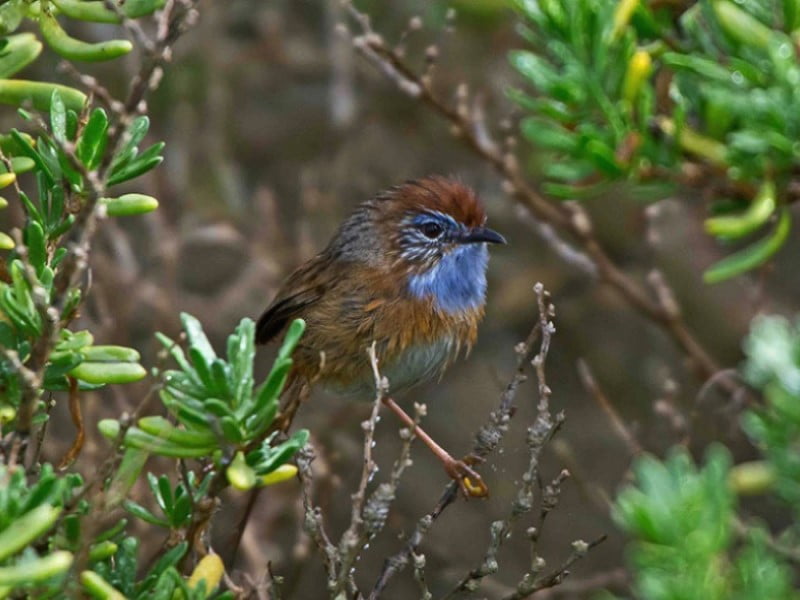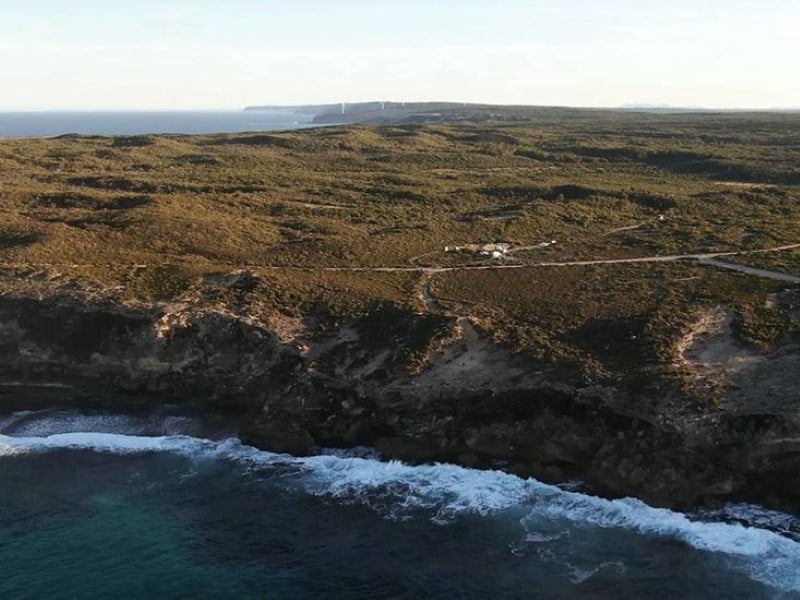South Australian conservation and environmental protection groups have maintained their opposition to Southern Launch’s proposed launch complex at Whalers Way, with a petition to be submitted to the state’s Minister for Planning later this year.
The primary concern shared by conservation groups in South Australia is that the development will directly affect the habitat of two birds listed as vulnerable under the federal Environment Protection and Biodiversity Conservation Act (EPBC).

According to Southern Launch’s environmental impact statement (EIS) the Southern Emu-wren and the Western Whipbird may be significantly impacted by “habitat loss, fauna mortality from vehicle strike, and indirect impacts that may lead to behavioral changes from noise and light”. The Southern Emu-wren and Western Whipbird are listed as endangered under the South Australian National Parks and Wildlife Act.
National Conservation Society South Australia (NCSSA) nature advocate Julia Peacock noted that there are only around 1,000 Southern Emu-wrens of the Eyre peninsula sub-species remaining in the area, with less than 100 at Whalers Way.
“We’re really concerned that this development will directly damage the habitat for that species and really puts its survival at the site at risk. Launchpad A, which would be for the bigger rockets, is right on top of the part of Whalers Way that’s most important for the Southern Emu-wren,” Ms Peacock said.
The proposed Whalers Way Orbital Launch Complex is on 1200-hectare open land area owned by a private landholder. It is under a Native Vegetation Heritage Agreement between the landholder and the state Department for Environment and Water. However, Southern Launch has proposed the borders of the agreement be realigned without diminishing the total area of vegetation covered.
An initial failed test launch took place at a test launchpad at Whaler’s Way in September 2021. Southern Launch has received approval to conduct two further test launches by the end of this year, but is still waiting on launch permits from the Australian Space Agency. Test launch approval was granted through the State Commission Assessment Panel through a separate process.
Before development on the complex can begin, final approval from the Minister for Planning Nick Champion must be received at the end of the major development EIS assessment process. Southern Launch’s EIS was published in August 2021. Chief executive Lloyd Damp said the company received “overwhelming support” from the local community during the EIS public consultation period.
Eyre Peninsula Environmental Protection Alliance (EPEPA) General Secretary Athena Taylor said that the group’s petition, which has more than 5,000 signatures as of Friday, will be submitted to Minister for Planning later this year. Ms Taylor said that the petition was previously submitted to Liberal Minister for Planning Stephan Knoll last year.
“We are petitioning to have that test campaign amalgamated with the major development [assessment process] because our position essentially is that the EIS forms a fundamental part of the environmental protection…you’ve got to ensure that developments only go ahead if the environmental implications are considered and fully weighed against all the other pros and cons,” Ms Taylor said.
“To have essentially a sort of loophole occurring where significant environmental impacts will occur without the oversight of the EIS assessment, while the process is still ongoing, it doesn’t sit right with us in terms of how that legislation should play out.”
The EPEPA previously lodged an appeal with the South Australian Environment, Resources and Development court. This was dropped by the group as they couldn’t afford an ongoing legal challenge.

Ms Taylor also noted that surrounding vegetation could be set alight. In addition, she says that there are several vulnerable species that have been sighted in the area outside the immediate launch site and at sea that may be affected by sound, pollution, and rocket debris falling into the ocean.
Southern Launch’s EIS claims that debris would not have a significant impact on marine life below the surface and that noise from rocket launches and tests would not expose any wildlife to a decibel level sufficient to cause “permanent hearing damage”. It states that the group would prepare for any fire risk.
The impacts of the proposed development and subsequent launches as well as the adequacy of the management and mitigation measures proposed are being assessed by the South Australian State Planning Commission. Finally, the project will be passed to the Minister for Planning Nick Champion for a final decision.
Currently, Southern Launch is preparing a response document to public concerns raised in relation to the EIS as a part of the assessment process. The firm has invested $180,000 in a Flinders University study into the Southern Emu-wren and the Nankeen Kestrel.
NCSSA president Patrick O’Connor previously told Space Connect that he thought the research funding was a “greenwash [over] damaging species that are already in decline”.
Southern Launch have also committed to removing historical waste material in the area, including suspected asbestos, as well as collaborating with industry and government experts to remove feral predator animals. Mr Damp wanted to remind people significant effort was taken to prepare the EIS.
“It is important to note that the Environmental Impact Statement for the Whalers Way Orbital Launch Complex is the culmination of over three years of research into developing an orbital spaceport in Australia. The submission is the combined work of over 30 subject matter experts in a broad range of fields,” Mr Damp said.
“We encourage anyone that has been exposed to misinformation being spread by a small group of individuals to please reach out to the Southern Launch team or visit the PlanSA portal to read through the EIS submission.”
Both conservation groups that spoke to InnovationAus.com state they are not against the development of a space industry in South Australia, they only object to rocket launches at Whalers Way.
On September 23, an assistant secretary at the Department of Agriculture, Water, and Environment recommended that the project be designated as a controlled action under the EPBC Act by the Environment minister. If designated, further assessments may need to be undertaken at the federal level. Otherwise, construction will begin following approval at the state level.
Ms Peacock said the NCSSA remains hopeful that the development will be rejected based on the Native Vegetation Heritage Agreement and national environmental legislation. However, she noted that Southern Launch has already received some funding from the federal government for development of the launch complex and that this has “created a lot of momentum”.
Do you know more? Contact James Riley via Email.

